Pursuing an advanced degree means making an investment of both time and money to achieve a more fulfilling career. To make an informed choice when it comes to accelerated occupational therapy (OT) programs, prospective students must evaluate the time and tuition they have available to invest as well as the flexibility they need to complete an occupational therapy master’s degree program.
Traditional vs. Accelerated Occupational Therapy Programs
Occupational therapists help people of all ages overcome physical, mental, and developmental challenges to help them engage in meaningful daily activities and improve their quality of life.
Both traditional and accelerated occupational therapy programs may meet the licensure requirements to become an occupational therapist in New York and other states. Although traditional programs typically take at least six years to complete, accelerated programs can be completed in five years or less.
Traditional Occupational Therapy Programs
Becoming an occupational therapist requires both classroom time and hands-on practical experience. Both traditional and accelerated occupational therapy programs offer these foundational elements, but a traditional program will require at least an additional year of study to complete.
Duration
Knowing how long a program will take is critical when choosing an occupational therapy program. Indeed, when comparing a traditional vs. accelerated occupational therapy program, the duration of the program is a key difference in the decision-making process. Traditional occupational therapy programs include four years of undergraduate education followed by a two-year graduate level program to earn a Master of Science (MS) degree, or it takes three years to earn a doctorate in occupational therapy (OTD).
Curriculum
A curriculum for a traditional occupational therapy program typically includes coursework in anatomy, physiology, psychology, and human development. Students also study occupational therapy theory, assessment, and intervention techniques. Courses cover topics such as therapeutic modalities, assistive technology, and healthcare ethics.
Additionally, students learn about specific populations, such as children, adults, and the elderly, and learn how to address their unique occupational needs. Research methods and evidence-based practice are emphasized to prepare students for critical thinking and problem-solving in their future practice as occupational therapists.
Clinical Experience
Hands-on experience is critical to a traditional occupational therapy program’s curriculum. Clinical skills labs and fieldwork experiences provide practical training in patient evaluation and treatment planning. Students work under the supervision of licensed occupational therapists to get experience working with patients and learn which specialty area of OT may fit them best.
Flexibility
Because traditional occupational therapy programs take more time, the intensity of the workload may be a bit less than in an accelerated program. However, in traditional programs, students are typically expected to attend full-time, and most are not able to hold a job while attending the program, due to the courseload and other expectations.
Accelerated Occupational Therapy Programs
For students who want to begin their careers as occupational therapists faster with less time spent in a classroom, an accelerated occupational therapy program may be the right choice. Accelerated occupational therapy programs allow students to complete prerequisite foundational OT courses as undergraduates to speed their progress through a graduate-level program.
Duration
In the Russell Sage College Accelerated OT program, eligible undergraduate students can earn a bachelor’s degree and a Master of Science in Occupational Therapy in just over five years, which is less time than it would take to pursue the degrees separately. The bachelor’s degree program must be in biology, expressive arts, English, health sciences, psychology, or sociology, and accelerates through the bachelor’s program before starting the MSOT program.
Curriculum
Traditional and accelerated occupational therapy programs have similar curricula, as the resulting degrees have the same requirements. At Sage, the accelerated occupational therapy program emphasizes the person, environment, and occupation relationship and incorporates an experiential approach that focuses on students engaging as active learners. Foundation and upper-level clinical courses promote an understanding of the dynamic relationship between health, well-being, and occupational engagement for a person’s ability to participate in valued life activities and roles.
Clinical Experience
Even though accelerated OT programs take less time to complete, clinical experience is still essential. The accelerated OT program at Sage includes fieldwork in community mental health, pediatric occupational therapy, and physical rehabilitation. In addition, two full-time, 12-week affiliations are required in which students practice evaluation, goal setting, note writing, and application of therapeutic techniques appropriate to the student’s skill level. Fieldwork is completed under the supervision of a registered occupational therapist or other qualified personnel.
Flexibility
Accelerated programs for OT in New York can be completed faster than traditional programs due to prerequisites met during the undergraduate years. As a result, there is not necessarily more flexibility in an accelerated OT program, which can be quite rigorous in its requirements. Instead, since the program can be completed more quickly, students can begin full-time work as occupational therapists sooner.
Factors to Consider
When choosing between an accelerated and traditional occupational therapy program, it’s important to consider factors such as time commitment, prerequisites, personal learning style, and career goals. Ultimately, the best choice between an accelerated and traditional occupational therapy program depends on the student’s individual circumstances, goals, and preferences. Applicants should take the time to thoroughly research and consider all factors before deciding.
Personal Circumstances
If a student did not prepare to enter an accelerated program as an undergraduate, it may not be possible to take that route because of prerequisite course requirements. Students who want to enter the workforce sooner and who are clear on their career goals as undergraduates may benefit from an accelerated program. Accelerated programs typically have a shorter duration, allowing graduates to enter the workforce sooner, while traditional programs offer an extended timeline, providing more time for learning and skill development.
Learning Style
Prospective students should assess their own learning styles and preferences. For those who thrive in a fast-paced environment and can handle a heavy workload, an accelerated program may be a suitable choice. For those who prefer a more structured and gradual learning approach, a traditional program may be a better fit. Accelerated programs may have a more rigorous and fast-paced curriculum, requiring significant time commitment and dedication. Traditional programs offer a more gradual learning pace, allowing for better retention of information and reduced stress.
Career Goals
Applicants to an OT program should consider their long-term career goals and how each program aligns with those goals. Both traditional and accelerated OT programs prepare graduates to become licensed as occupational therapists in New York or the state of their choosing (depending on state requirements).
Applicants should research the reputation and accreditation status of both accelerated and traditional programs to ensure they meet their professional aspirations. For graduates to be eligible for licensure, schools should be accredited through the Accreditation Council for Occupational Therapy Education (ACOTE) and may also need to be approved by the state licensing board.
Financial Considerations
Higher level education, such as a program for an occupational therapy degree, can represent a significant cost expenditure. Students should evaluate the tuition and fees for each program and any financial aid options that are available. Accelerated programs may be more expensive due to their shorter duration, while traditional programs may offer more opportunities for part-time work or financial assistance to help with the cost.
Aspiring occupational therapists who want to learn more about traditional, accelerated, or online occupational therapy degree programs should reach out to Sage today. Applications are accepted on a rolling basis. Graduate students can apply for free.

